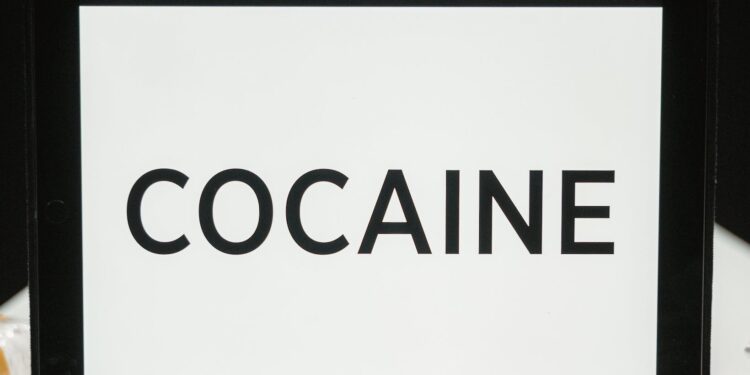Crack Is Regarded As More Addictive Than Cocaine Because It is
In the maze of drug addiction, a common question I come across is why crack is often regarded as more addictive than cocaine. To understand this, it’s crucial to first recognize that both substances are derived from the coca plant and fundamentally contain the same psychoactive ingredient. However, the distinction arises in terms of their form, manner of intake, and how they affect our brains.
Crack is essentially cocaine that’s been processed into a rock crystal form. It’s typically heated and then smoked, which allows for quicker absorption into the bloodstream compared to snorting cocaine powder. This results in an intense but fleeting high, leading users to consume it repeatedly in a short span—therein lies its heightened addictive potential.
Moreover, crack induces dopamine release at a higher level than cocaine does. Dopamine is our ‘feel good’ neurotransmitter; when its levels spike rapidly as with crack use, we experience a sudden rush of pleasure or euphoria. But once those effects wear off (which happens quite quickly), there’s an intense craving for more to regain that feeling. The rapid cycle of extreme highs and lows makes crack particularly hard to quit and hence perceived as more addictive than its powdered counterpart.
Definition of Crack and Cocaine
Let’s begin by setting the stage with a basic understanding of what crack and cocaine are. It’s essential to define these terms before we delve further into their addictive nature.
Cocaine, often nicknamed “coke” or “blow”, is a strong stimulant most frequently used as a recreational drug. It’s derived from the coca plant native to South America. Typically, it comes in a white powder form that users might snort, inject, or swallow.
On the other hand, crack (or “rock”) is simply another form of cocaine but with one crucial difference – its preparation. Crack is made by cooking cocaine powder with baking soda until it forms solid chunks or “rocks”. Unlike its powdered counterpart, crack is typically smoked, which allows it to reach the brain faster than sniffed or injected cocaine.

To give you an idea about usage prevalence:
| Drug | Estimated Number of Users Worldwide |
| Cocaine | 18 million |
| Crack Cocaine | Not specified due to overlap with cocaine |
These figures drive home how widespread the use of these substances has become globally.
It’s important to note that both drugs have similar effects on the body: euphoria, increased energy, and heightened alertness. However, because crack reaches the brain more rapidly than cocaine (in as little as 10 seconds), its effects are more intense – though they also fade more quickly. This immediate ‘high’ followed by a sudden ‘low’ can make users crave for more almost instantly – hence why many perceive crack as being more addictive than regular cocaine.
Remember that although there are differences between crack and cocaine in terms of preparation method and how they’re used, at their core they’re essentially different forms of the same substance: both are derivatives of coca leaves and both trigger similar physiological reactions within our bodies.
It’s important not only to understand these risks but also why people get hooked onto them despite knowing their harmful consequences. As mentioned earlier, they mess up with your brain’s reward system by increasing levels of dopamine – a neurotransmitter associated with pleasure and reward. This surge creates an intense feeling of euphoria which users seek over time leading to addiction.
So when we say crack is more addictive than cocaine, we’re looking at how quickly it can deliver its effects and leave users wanting more. However, both of them are equally harmful and can lead to severe health complications if not addressed in time.















